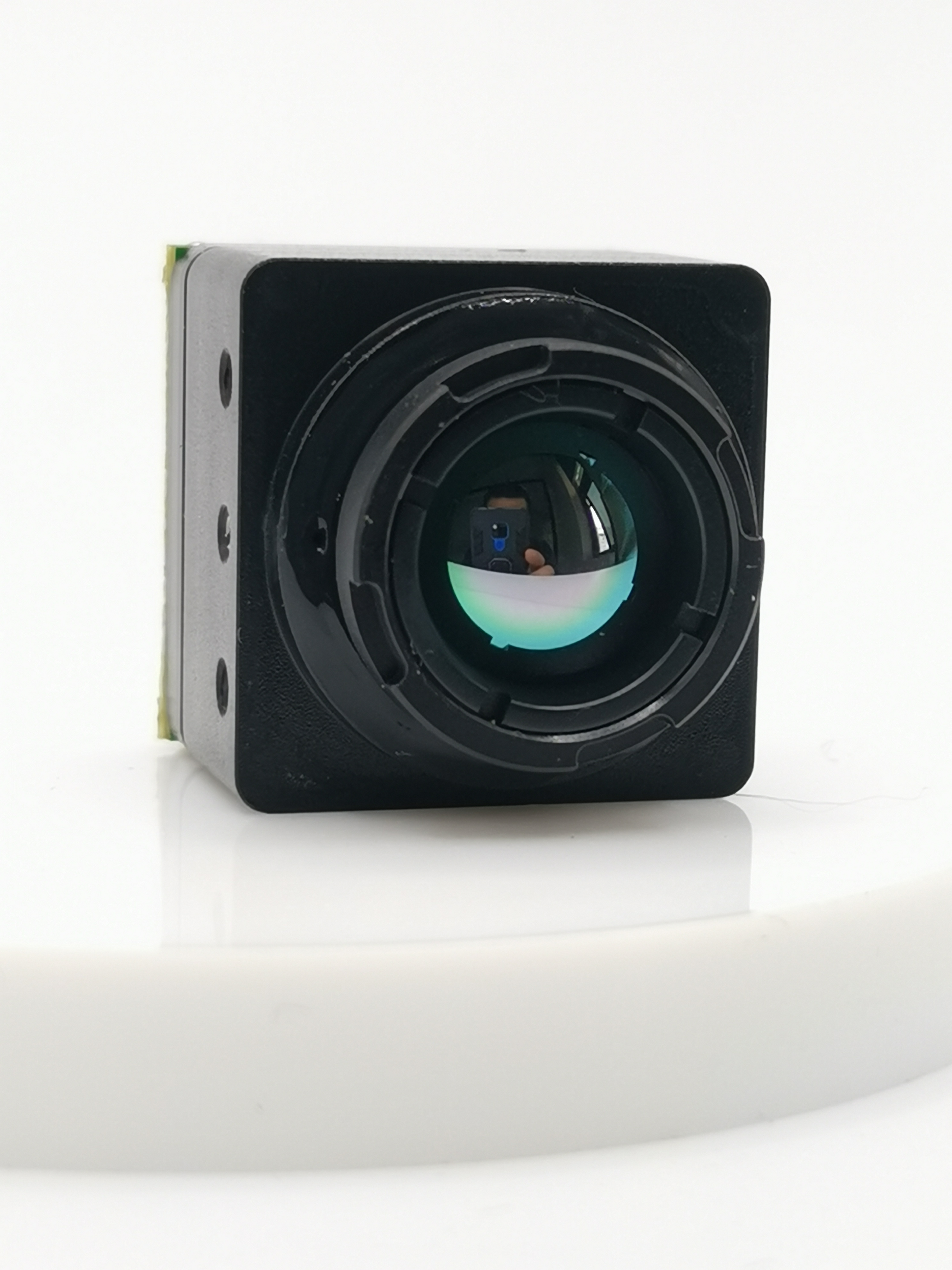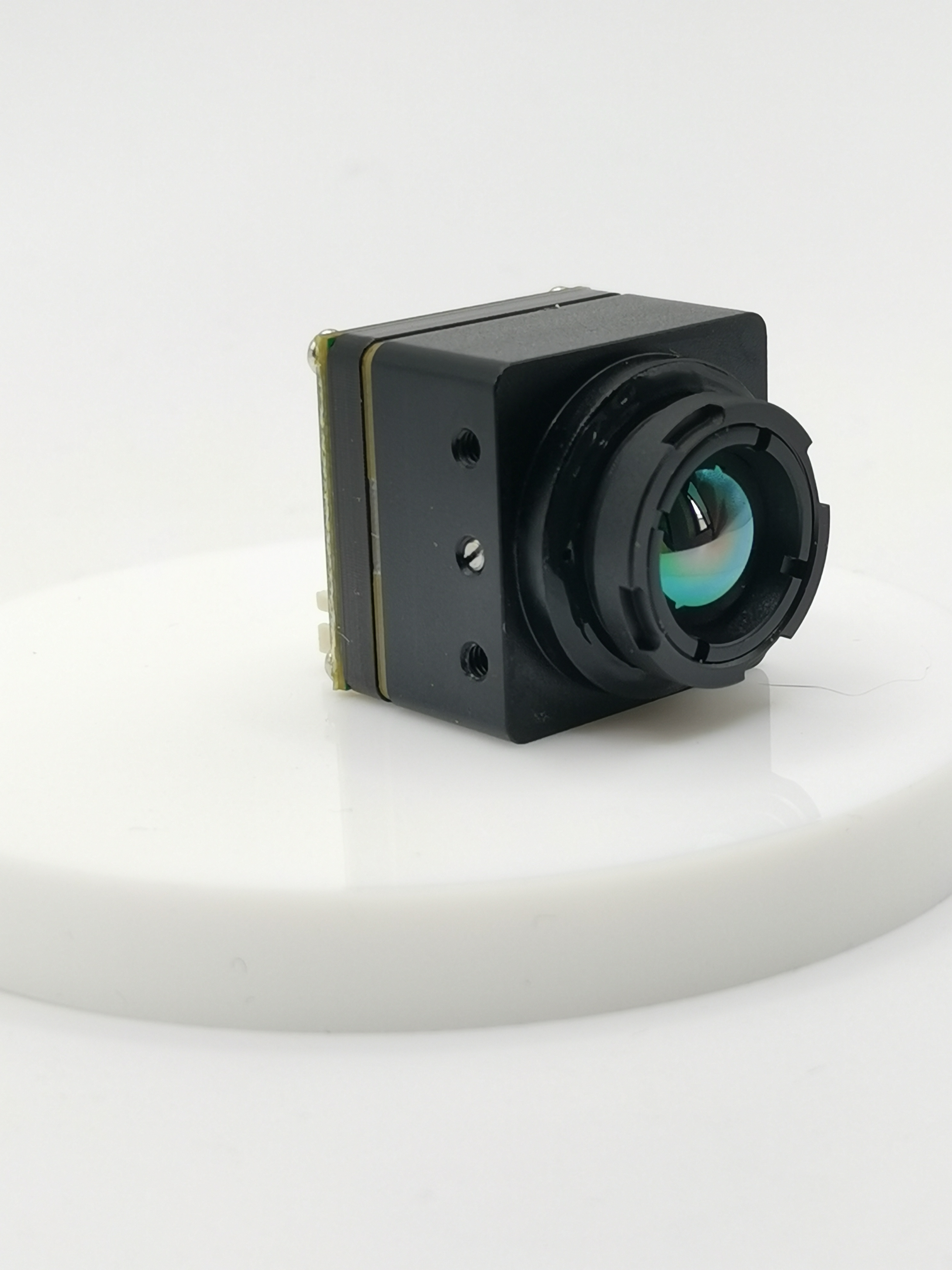How Do Thermal Cameras Work? A Comprehensive Guide
A brief exploration of home depot thermal camera reveals their significance in various industries. Understanding the functionality of these devices is crucial for professionals in fields like security, firefighting, and industrial maintenance. This comprehensive guide aims to demystify the intricate workings of thermal cameras, shedding light on their applications and technological advancements. By delving into the basics and intricacies of thermal imaging technology, readers can grasp the nuances of how do thermal cameras work and appreciate their diverse uses. Additionally, for those on a budget, finding an inexpensive thermal camera can make this advanced technology more accessible.
Basics of Thermal Cameras
Thermal cameras, also known as thermal imagers, play a crucial role in various industries by detecting and measuring the infrared energy emitted by objects. These devices are essential for professionals in fields like security, firefighting, and industrial maintenance. Understanding the functionality of thermal cameras is vital to grasp their diverse applications and technological advancements.
What is a Thermal Camera?
Definition and Function
A thermal camera is a device that detects infrared radiation emitted by objects to create images based on differences in surface temperature. By capturing this infrared energy, thermal cameras convert it into electronic images displaying the apparent temperature of the object being measured.
Infrared Radiation and Heat Signatures
Infrared radiation, also known as heat signatures, is emitted by all objects, even in complete darkness. This invisible form of heat is detected by thermal cameras to visualize temperature variations without direct contact with the object.
How Do Thermal Cameras Work?
Detection of Infrared Radiation
Thermal cameras operate by detecting the infrared radiation emitted by heat signatures. These devices can capture infrared heat that is invisible to the naked eye, allowing professionals to measure temperatures from a distance accurately.
Conversion to Electronic Image
The captured infrared data is converted into an electronic image through a process called thermal imaging. This technology uses heat signatures to create images that represent temperature variations within an object or scene.
Types of Thermal Cameras
Home Depot Thermal Camera
One type of thermal camera available in the market is the Home Depot thermal camera, which offers advanced features suitable for various applications such as electrical inspections, building maintenance, and security purposes.
Inexpensive Thermal Camera
For those looking for cost-effective options, an inexpensive thermal camera provides basic thermal imaging capabilities at a more affordable price point. While these devices may have fewer features than high-end models, they still offer valuable functionalities for different professional needs.
Technology Behind Thermal Cameras

Components of a Thermal Camera
Lens
The lens in a thermal camera is a crucial component responsible for focusing the infrared radiation emitted by objects. It gathers the incoming heat signatures and directs them towards the sensor for further processing.
Sensor
A fundamental element of a thermal camera is its sensor, which detects the captured infrared radiation. The sensor plays a vital role in converting the incoming heat signatures into electronic data, enabling the creation of thermal images.
Microbolometer
Within a thermal camera, the microbolometer acts as the core technology that absorbs infrared radiation and translates it into electrical signals. This key component is essential for accurately measuring temperature variations and producing detailed thermal images.
Thermal Imaging Process
Capturing Infrared Radiation
In the thermal imaging process, capturing infrared radiation is the initial step where the lens focuses on heat signatures emitted by objects. These infrared waves are then detected by the sensor, preparing them for conversion into electronic data.
Creating Thermal Images
Once the infrared radiation is captured and processed by the sensor, it undergoes conversion into electronic images through sophisticated algorithms. This transformation results in detailed thermal images that display temperature variations within objects or scenes.
Advances in Thermal Camera Technology
Improved Resolution
Recent advancements in thermal camera technology have led to significant improvements in resolution capabilities. Enhanced sensors and advanced image processing techniques now allow for sharper and more detailed thermal images, providing professionals with clearer insights into temperature variances.
Enhanced Sensitivity
One notable development in thermal cameras is their enhanced sensitivity to detect subtle temperature variations accurately. By increasing sensitivity levels, modern thermal cameras can capture even minor differences in heat signatures, making them invaluable tools across various industries.
Applications of Thermal Cameras

Thermal cameras find extensive applications across various industries, showcasing their versatility and utility beyond traditional imaging devices. From industrial settings to medical environments, these advanced tools offer invaluable insights and benefits that enhance operational efficiency and safety protocols.
Industrial Use
Electrical Inspections
In industrial settings, thermal cameras play a pivotal role in conducting electrical inspections with precision and accuracy. By detecting anomalies in electrical components through thermal imaging, professionals can identify potential issues such as overheating circuits or faulty connections before they escalate into critical failures. This proactive approach not only ensures the smooth operation of equipment but also minimizes the risk of costly downtime and safety hazards.
Building Inspections
Building inspections benefit significantly from the use of thermal cameras, allowing inspectors to assess structural integrity and energy efficiency with unparalleled detail. By capturing thermal images of building components, such as insulation, HVAC systems, or electrical wiring, inspectors can pinpoint areas of heat loss, moisture intrusion, or faulty installations. This comprehensive evaluation enables timely maintenance interventions and energy-saving measures that optimize building performance and occupant comfort.
Medical Use
Detecting Fever
In medical environments, thermal cameras serve as valuable tools for detecting fever and monitoring patient health non-invasively. By measuring body temperature through infrared imaging, healthcare professionals can quickly identify individuals with elevated temperatures indicative of potential infections or illnesses. This early detection capability is particularly crucial in high-traffic areas like airports or hospitals, where rapid screening for febrile conditions is essential for public health safety.
Monitoring Blood Flow
Beyond fever detection, thermal cameras offer innovative solutions for monitoring blood flow and vascular function in medical diagnostics. By visualizing temperature variations on the skin's surface, healthcare providers can assess circulatory patterns and detect abnormalities related to vascular disorders or perfusion irregularities. This non-invasive approach provides valuable insights into cardiovascular health and assists in diagnosing conditions such as deep vein thrombosis or peripheral artery disease.
Other Uses
Security
The integration of thermal cameras in security systems enhances surveillance capabilities by detecting intruders or suspicious activities based on heat signatures. Whether deployed in commercial facilities, residential properties, or border control checkpoints, thermal imaging technology offers superior visibility in low-light conditions or obscured environments. This heightened situational awareness empowers security personnel to respond promptly to potential threats and safeguard critical assets effectively.
Wildlife Observation
In naturalistic settings, thermal cameras enable researchers and wildlife enthusiasts to observe nocturnal animals' behavior without disturbing their habitats. By capturing infrared images of wildlife movements at night or in dense foliage, enthusiasts gain valuable insights into animal ecology and behavior patterns that are otherwise concealed from human sight. This non-intrusive monitoring method promotes conservation efforts and ecological research while respecting the natural environment's delicate balance.
The increasing adoption of thermal cameras across diverse sectors underscores their indispensable role in enhancing operational efficiency, ensuring safety compliance, and driving technological innovation across industries globally. As advancements continue to expand the scope of thermal imaging applications—from industrial inspection to medical diagnostics—the future holds limitless possibilities for leveraging this cutting-edge technology to address complex challenges effectively.
Thermal imaging serves as a vital tool for predictive maintenance and quality control in various industries. The market continues to advance with enhanced features, making thermal cameras more accessible than ever before. Investments in cutting-edge thermal imaging solutions are driving the industry forward, ensuring continuous innovation and improved efficiency. Moreover, the integration of thermal technology in smartphones and drones is revolutionizing thermographic surveys. From plumbing to navigation, thermal imaging's diverse applications highlight its indispensable role in modern technology and everyday life.
See Also
Becoming an Expert in FPV Thermal Imaging with Drones
Perfecting Aerial Monitoring Using Thermal Camera Drones
Creating Your Own Thermal Camera with Raspberry Pi
Selecting the Top Drone with Thermal Imaging Capability
Mastering Drone Monitoring: The ISUN Thermal Camera Tutorial
Contact Us: Ms. Coco Huang
E-mail: sales@iasun.cn
WhatsApp/Wechat: +86 13510421923

